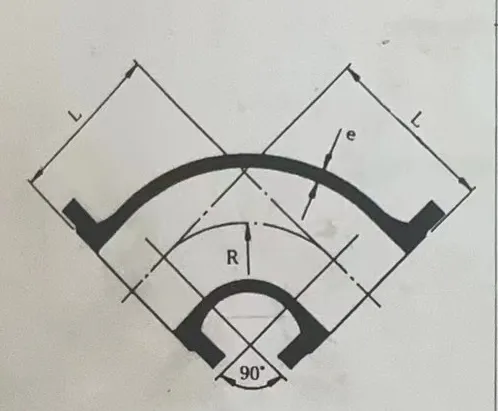Techniques for Safely Lifting and Removing Manhole Covers with Minimal Effort
Lifting a Manhole Cover A Simple Yet Intriguing Task
Lifting a manhole cover may seem like a mundane task, often overlooked by the general public, yet it is a fascinating intersection of engineering, physics, and urban infrastructure. Manholes serve as access points to the underground utilities like sewers, water mains, and electrical systems. Understanding the process of lifting a manhole cover not only sheds light on its importance but also highlights the remarkable engineering principles that come into play.
Manhole covers are typically made of heavy materials such as cast iron or reinforced concrete, designed to withstand the tons of traffic that may pass over them. The weight of the cover can range from 100 to 300 pounds, and sometimes even more, depending on its size and material composition. This weight is crucial for safety, as it prevents unauthorized access and protects against accidental falls into the openings.
To lift a manhole cover, one must first understand the basic principles of leverage and friction. The cover is seated in a frame that is often surrounded by dirt and grime, creating a strong frictional force resisting its movement. This is where tools come into play. Many municipalities and workers use specialized lifting devices, such as a manhole cover jack or a hook tool, to provide the necessary leverage needed to overcome this friction.
Using a manhole cover jack involves inserting the device under the edge of the cover. The operator then applies a controlled force, which raises the cover from its seat. This process must be executed with care, to avoid injury as well as damage to the cover itself. Safety is paramount; thus, personal protective equipment such as gloves and steel-toed boots are essential.
lifting a manhole cover

The mechanics behind the lifting involve an understanding of center of gravity. A manhole cover is designed so that its center of gravity is positioned centrally, allowing for a balanced lift when correctly applied. If the cover is not lifted evenly, it may tilt and get stuck or, worse, fall back unexpectedly, posing a risk to the operator.
One interesting observation about lifting manhole covers is the role of vacuum. Over time, a seal can form between the cover and the frame due to dirt and debris, creating a vacuum effect that can make lifting more challenging. This is particularly true in wet conditions, where debris can create a seal that traps water. In such scenarios, workers may need to employ techniques to break the seal – often involving a gentle “rocking” motion, or introducing a bit of water or lubricant around the edges to reduce friction.
Another significant aspect to consider is the physics of weight distribution. As urban areas expand, the need for access to underground utilities becomes more critical. Engineers must carefully calculate the load-bearing capacity of manhole covers, especially in areas with heavy vehicular traffic. This analysis ensures that the covers not only remain functional but also safe for public use.
Moreover, lifting a manhole cover also serves as a metaphor for larger societal issues. Accessing the underground facilities symbolizes transparency and maintenance of essential urban systems. Regular inspections and maintenance prevent disasters such as sewer backups or gas leaks, which can arise from neglected infrastructure. Therefore, the act of lifting these covers can be seen as a guardian of urban safety and efficiency.
In conclusion, while lifting a manhole cover may seem like a straightforward, albeit laborious task, it embodies the principles of engineering, safety, and civic responsibility. It serves as a reminder of the unseen networks that keep our cities functioning smoothly. Whether approached by a city worker or a curious bystander, the process is a testament to the importance of understanding and maintaining the foundational elements of our urban ecosystems. Next time you see a manhole cover, take a moment to appreciate the complexities hidden beneath that simple piece of metal.
-
The Smarter Choice for Pedestrian AreasNewsJun.30,2025
-
The Gold Standard in Round Drain CoversNewsJun.30,2025
-
The Gold Standard in Manhole Cover SystemsNewsJun.30,2025
-
Superior Drainage Solutions with Premium Gully GratesNewsJun.30,2025
-
Superior Drainage Solutions for Global InfrastructureNewsJun.30,2025
-
Square Manhole Solutions for Modern InfrastructureNewsJun.30,2025
-
Premium Manhole Covers for Modern InfrastructureNewsJun.30,2025
